Ars Technia published a lovely history of the changes in market leadership in computers, tables, and smartphones. My takeaway is another reminder of how much more difficult foresight is than hindsight. Especially when I was reading the prospectus to the Apple IPO, where the risks were about the TRS-80, Atari 400, Commodore PET, and other competitors of the day.
We all think of Apple today as a huge success that had no chance of ever failing, but we overlook how small it was back in 1980. Nor was the company an obvious success by 1986 either. Apple ][ sales were higher than IBM PC sales in 1981, the year IBM launched the PC, but by 1983 Apple was in a distant third in terms of market share.
Moving on to smartphones, there was a big, existing market for almost a decade before Apple even bothered to ship its first iPhone.
In foresight, it was an amazing device that was different from all before it. But at the time the expectation was that everyone would just copy the touch-centric design, or that perhaps having a keyboard too would be better. That was still being debated in 2012, before the iPhone started dominating in the US market and Android across the rest of the world.
Given this look back, what current market is likely to see a similar pattern?
Most likely is Tesla. Give the established auto makers another decade to optimize costs and Tesla will be the Sinclair Spectrum or Nokia or IBM PC of electric cars. A brief footnote of history.
Outside of tech, in this week of COP28, I’ll predict the same for Exxon, Shell, Petrobras, Aramco, etc., but not until the second half of the 21st Century. A whole industry that will have hopefully lasted less than 200 years. Shorter in time than the horse-drawn carriage industry or corset industry, or whoever made three-piece suits.

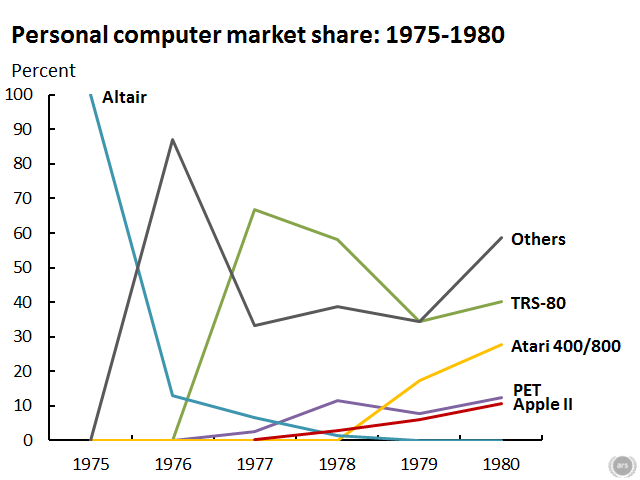
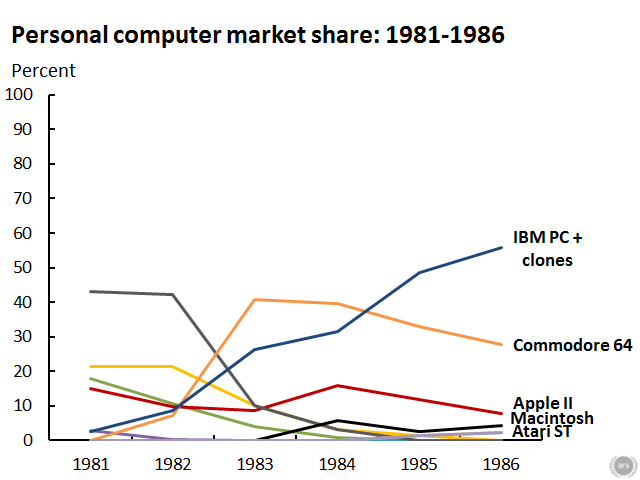
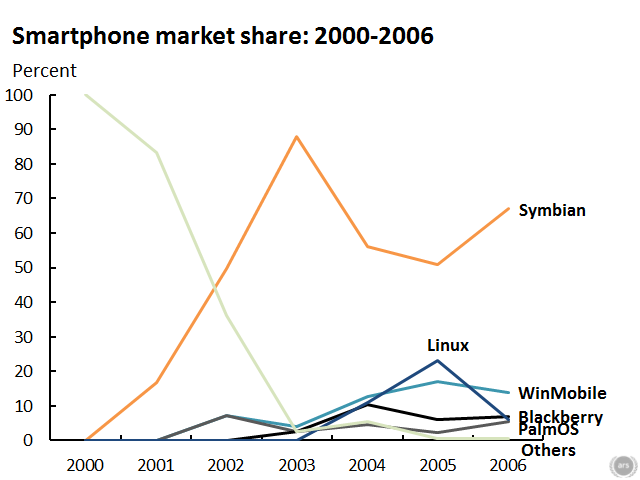
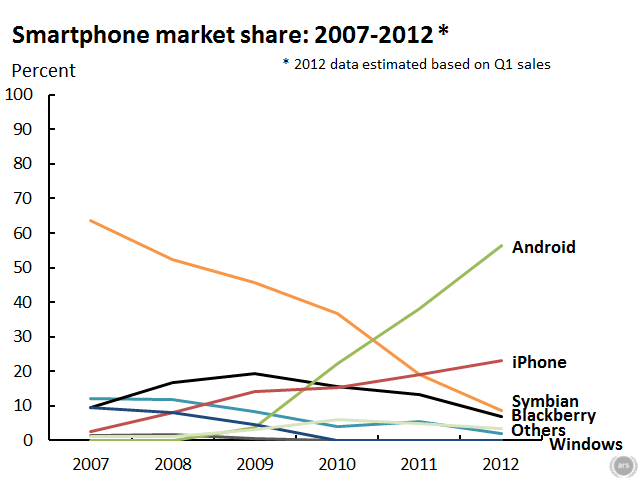
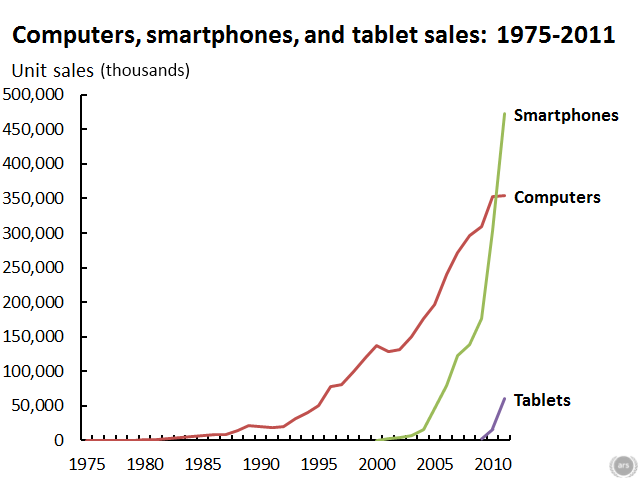


 Africa Eats is an investment company...
Africa Eats is an investment company...










